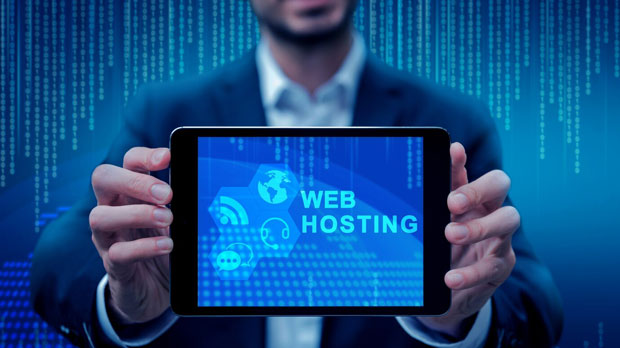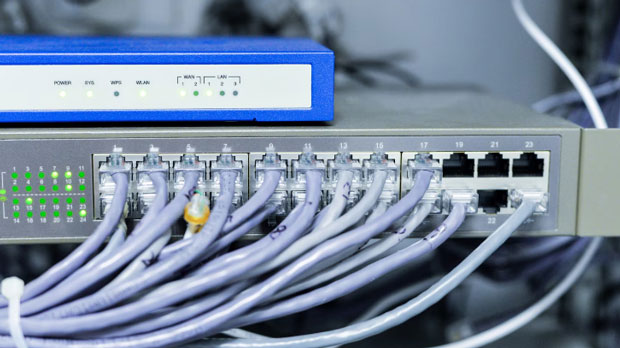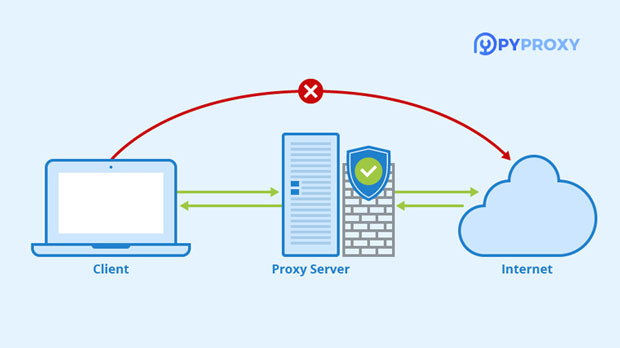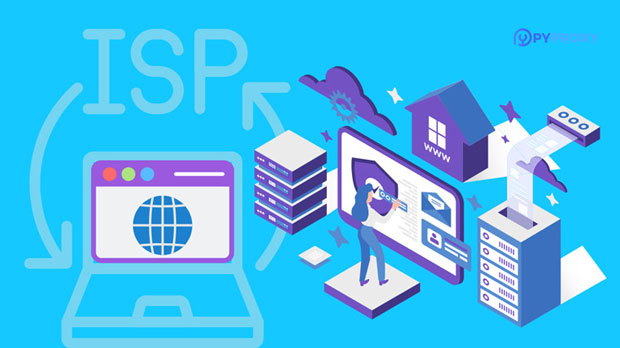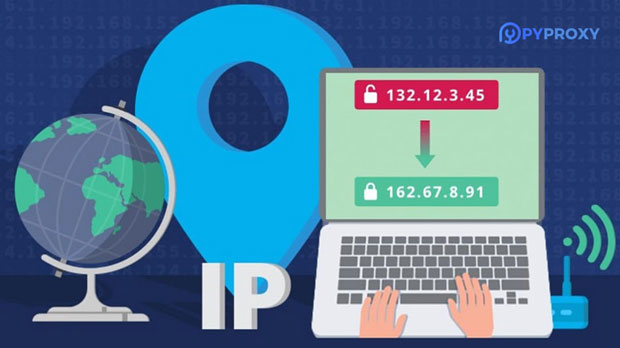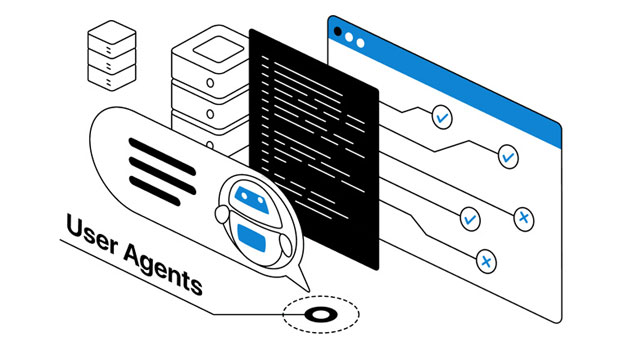When using Socks5 residential proxies, safeguarding your personal information and privacy is paramount. These proxies offer anonymity by masking your real IP address, but without the right precautions, there could still be risks of exposure. Proper understanding of how socks5 proxies work and implementing the necessary security measures can ensure that your online activities remain private. In this article, we will explore the best practices for maintaining privacy and protecting your sensitive data while using Socks5 residential proxies. We will cover key strategies, including encryption, proxy configuration, and privacy-conscious behavior to help you make the most out of these proxies while minimizing any potential risks. 1. Understanding Socks5 Residential ProxiesSocks5 proxies are an advanced version of traditional proxy servers that allow users to route their internet traffic through a different IP address. Residential proxies, in particular, are associated with real residential IPs, making them appear as legitimate users rather than typical data center proxies. This feature makes Socks5 residential proxies more difficult to detect, offering better anonymity and less risk of being blocked by websites.However, despite their advantages, using a proxy introduces new risks. The key to mitigating these risks lies in how you configure and use the proxy, alongside understanding the potential vulnerabilities that come with online anonymity. Ensuring privacy and security requires more than just setting up a proxy—it involves consistent awareness of privacy best practices.2. Prioritize Encryption for Secure Data TransmissionEncryption is a crucial element of ensuring that your online activities remain confidential. When using Socks5 proxies, it is essential to ensure that the data between your device and the proxy server is encrypted. Many Socks5 proxies do not offer built-in encryption, which means that sensitive information, such as passwords, credit card numbers, and personal emails, could be exposed to hackers or third parties. To mitigate this, always use additional layers of encryption such as SSL (Secure Socket Layer) or TLS (Transport Layer Security). These encryption protocols will ensure that the data sent over the internet remains secure, even if intercepted. Always verify that websites you visit are encrypted (look for HTTPS in the URL), and consider using a VPN alongside the socks5 proxy for an extra layer of security.3. Use Trusted and Secure Socks5 residential proxy ProvidersWhile using Socks5 residential proxies, the provider you choose plays a significant role in ensuring privacy. Not all proxy providers are created equal, and some may keep logs of your online activities, potentially compromising your privacy. It's vital to select a provider that has a clear, strict no-logs policy to prevent any data from being stored or shared.Additionally, consider choosing a provider that offers features such as IP rotation, to prevent websites from linking multiple requests back to you. Anonymity is also boosted if the proxy provider offers a large pool of residential IPs, making it harder for websites to detect patterns of usage. 4. Configure Your Socks5 Proxy CorrectlyProper configuration of your Socks5 proxy is key to maintaining privacy. When setting up the proxy, ensure that the following settings are correctly configured:- DNS Leak Protection: Without this feature, your true IP address might be exposed when performing DNS queries. Ensure your proxy provider has DNS leak protection, or use a DNS service that respects your privacy. - IP Rotation: Frequently rotating IPs reduces the risk of being tracked. Static IP addresses could lead to your activities being linked back to you, so configure your proxy to rotate IPs regularly.- User-Agent Spoofing: Many websites track visitors through the browser’s user-agent string. By altering or rotating the user-agent header, you can further obscure your identity and reduce the risk of tracking.5. Maintain Privacy-First Online BehaviorNo proxy setup can guarantee complete privacy if users engage in behaviors that inadvertently expose their identity. To avoid leakage, adopt privacy-conscious habits while using Socks5 residential proxies:- Avoid Logging Into Personal Accounts: Refrain from logging into personal accounts, such as email, social media, or banking accounts, when using a proxy. Logging into such accounts could directly link your activities to your real identity.- Be Cautious with Personal Information: Do not input sensitive personal data (e.g., real name, address, phone number) on websites when using a proxy. Even though the proxy masks your IP address, your personal information can still be tracked through other means.- Clear Cookies Regularly: Many websites use cookies to track your browsing behavior. Clear your cookies after every session to avoid being tracked across different sites. You can also use privacy-focused browsers like Tor or Incognito mode to further limit tracking.6. Monitor Your Internet TrafficRegularly monitoring your traffic for any unusual activity is a good practice when using Socks5 residential proxies. You can utilize tools like firewalls, antivirus software, and traffic monitoring apps to keep an eye on your internet connection.Additionally, ensure that your device is always protected with up-to-date security software. This prevents malware or spyware from infiltrating your system and potentially exposing your data. You can also perform regular checks to ensure your proxy connection is functioning properly, without leaks or vulnerabilities.7. Avoid Using Free Socks5 ProxiesWhile free Socks5 proxies might seem tempting, they pose significant security risks. Free proxies may not provide the same level of encryption or privacy protection as paid services. Moreover, free providers often do not have stringent no-logs policies, meaning your browsing data could be logged, sold, or even shared with third parties.By using a reputable, paid Socks5 proxy service, you gain access to additional privacy features, including higher reliability, encryption, and a more extensive pool of residential IP addresses. 8. Be Aware of Browser and OS VulnerabilitiesEven if you have a secure Socks5 proxy in place, your browser or operating system might still expose your identity through vulnerabilities. For example, some browsers may leak WebRTC (Web Real-Time Communication) requests, which could reveal your real IP address.To minimize this, disable WebRTC in your browser settings or use extensions that block these requests. Regularly update your browser and operating system to patch known vulnerabilities and ensure your system is as secure as possible.9. Use Two-Factor Authentication for Additional SecurityWhile using a Socks5 residential proxy can mask your IP address, additional layers of security such as two-factor authentication (2FA) can further protect your accounts. Even if a hacker manages to compromise your proxy connection, they would still need access to your second factor (e.g., a code sent to your phone) to access any accounts you protect with 2FA.Enable 2FA on all accounts that offer it, especially for sensitive services like email, cloud storage, and financial accounts. This will significantly increase your security, even if your online traffic is intercepted.ConclusionEnsuring that your personal information and privacy are not compromised while using Socks5 residential proxies requires both technical precautions and prudent online behavior. By prioritizing encryption, selecting trustworthy providers, properly configuring your proxy, and maintaining privacy-first habits, you can protect your online identity from leaks. Regular monitoring and awareness of potential security vulnerabilities are also essential in maintaining long-term privacy.The power of Socks5 residential proxies lies in their ability to provide anonymity and security, but users must take the necessary steps to ensure their online activities remain truly private. With the right practices, you can navigate the internet with confidence, knowing that your personal information is well-protected.
Dec 24, 2024
![arrow]()











































